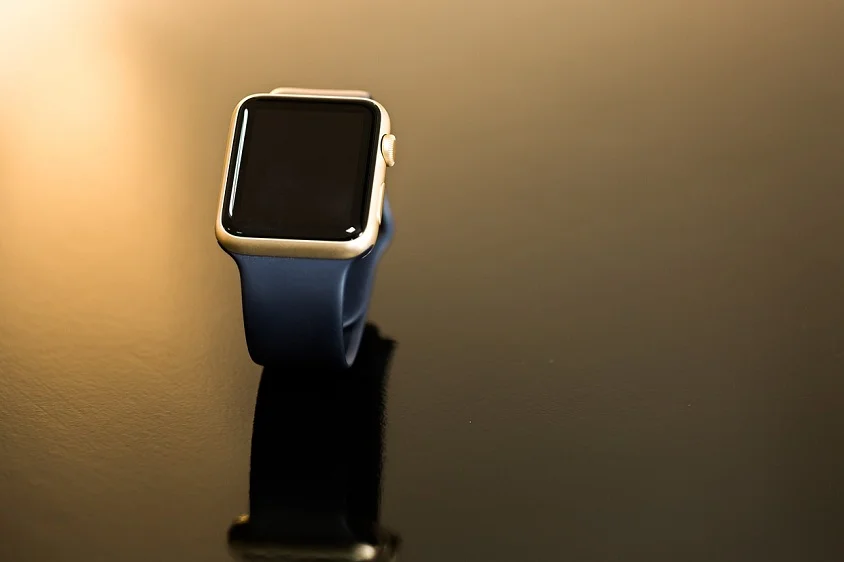USPTO Design Claim Guidance Explains Digital Image Patentability
- November 25, 2023
- By Sarita Thomas
- Read 3 minutes
The landscape of design patents has encountered a significant milestone with the recent publication of updated guidance by the US Patent and Trademark Office (USPTO) on November 16, 2023. This guidance serves to streamline the determination process for patentability of design claims encompassing computer-generated electronic images, sparking considerable interest and discussion within the patent industry.
The guidance aims to address a critical aspect of design patent claims, specifically focusing on the inclusion of computer-generated electronic images within these claims. It seeks to elucidate whether a design patent claim featuring a computer-generated electronic image alone, or showcased on a display panel (such as computer screens, mobile phone screens, or augmented reality devices), complies with the article of manufacture requirement outlined in 35 U.S.C. 171.
Evolving Guidelines and Industry Impact
Design patents have experienced a surge in popularity, witnessing a remarkable uptick from around 15,000 applications in 1995 to a staggering 47,500 filings in 2019. This ascent parallels the rapid technological advancements witnessed across industries. USPTO Director Kathi Vidal has highlighted the pivotal role of design patents in fostering growth and competitive advantage for US manufacturers, emphasizing the importance of maintaining clear and relevant guidelines.
The USPTO’s initial guidelines for examining computer-generated designs emerged in 1996. However, the exponential evolution of digital designs raised pertinent questions regarding what defines an article of manufacture, especially in the context of emerging technologies.
This latest guidance seeks to demystify the complexities surrounding digital designs and address ambiguities regarding the inclusion of computer-generated electronic images within design patent claims. Importantly, it endeavors to align US design protection practices with global standards, taking cues from patent offices in countries like Germany, Japan, China, Korea, and the EU.
Insights from the New Guidance: Clarifying the Path Forward
The recently issued USPTO guidance underscores a crucial distinction in the realm of design patents. It stipulates that design patents are granted exclusively for designs “applied to an article of manufacture,” explicitly stating that a standalone image isn’t patentable.
When a design claim involves a display panel featuring a computer-generated image or icon, the USPTO focuses on specific terminology such as “icon” or “GUI” (graphical user interfaces) within the claim and title. This terminology indicates that the displayed image isn’t merely a static picture but an integral, interactive component within a programmed computer or display system.
Also read: Patenting Artificial Intelligence
Furthermore, the guidance meticulously outlines examples of claim language and titles that adequately describe a design for an article of manufacture, distinguishing them from language that lacks specificity and may encounter objections during examination.
The Dos and Don’ts: Guiding Claim Language
The elucidated guidelines from the USPTO provide a roadmap for crafting effective claim language for design patents involving computer-generated icons and GUIs. Examples of claim language deemed adequate include descriptors like “Computer screen with an icon,” “Display panel with GUI,” or “Portion of a computer screen with an icon.” These descriptors emphasize the active role of the computer icon within the functionality of the display device.
Conversely, the guidance highlights claim language that lacks specificity, such as “Virtual image for display on computer screen” or “Computer icon,” which may fall short in meeting the article of manufacture requirement.
Upholding Functional Integration in Designs
Throughout the guidance, a recurring emphasis is placed on the necessity for computer icons to serve as integral and active components in the operation of a computer or display device. The guidance underscores the importance of articulating this aspect within the claim language, title, and accompanying drawings.
In essence, the USPTO’s updated guidance navigates the nuanced terrain of design patents, offering valuable insights and parameters for crafting effective claims, specifically in the context of digital designs encompassing computer-generated images. These guidelines aim to harmonize patent practices with the ever-evolving technological landscape, fostering clarity and precision in patent applications within this domain.
Sarita Thomas
Latest Blogs
Blog Categories
- Intellectual Property (IP) Strategy (84)
- Intellectual Property Asset Management (IPAM) (17)
- IP Monetization (4)
- IP News (7)
- Patent Drafting (2)
- Patent Litigation (6)
- Patent Prosecution (8)
- Patenting (18)









No comment yet, add your voice below!